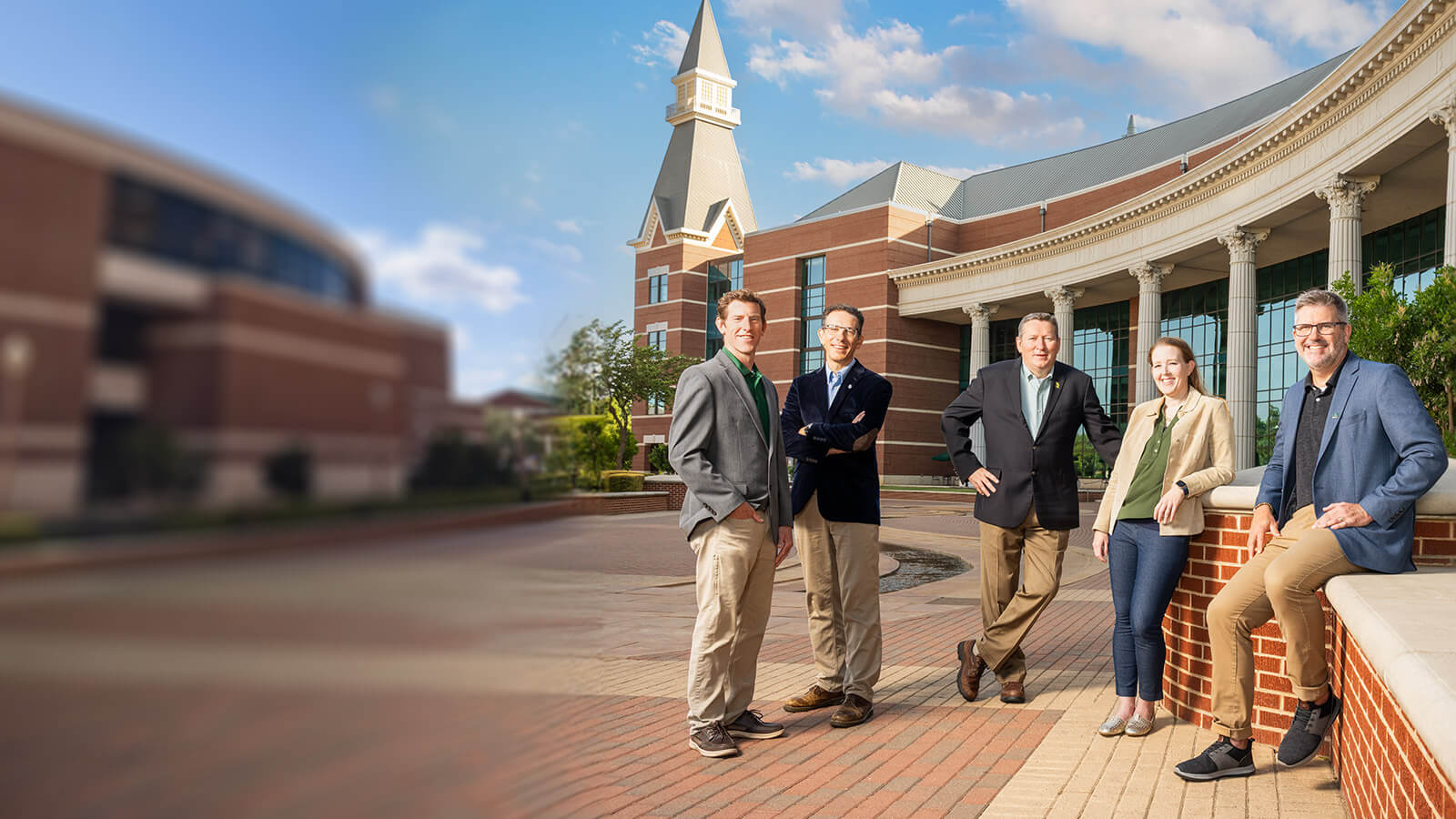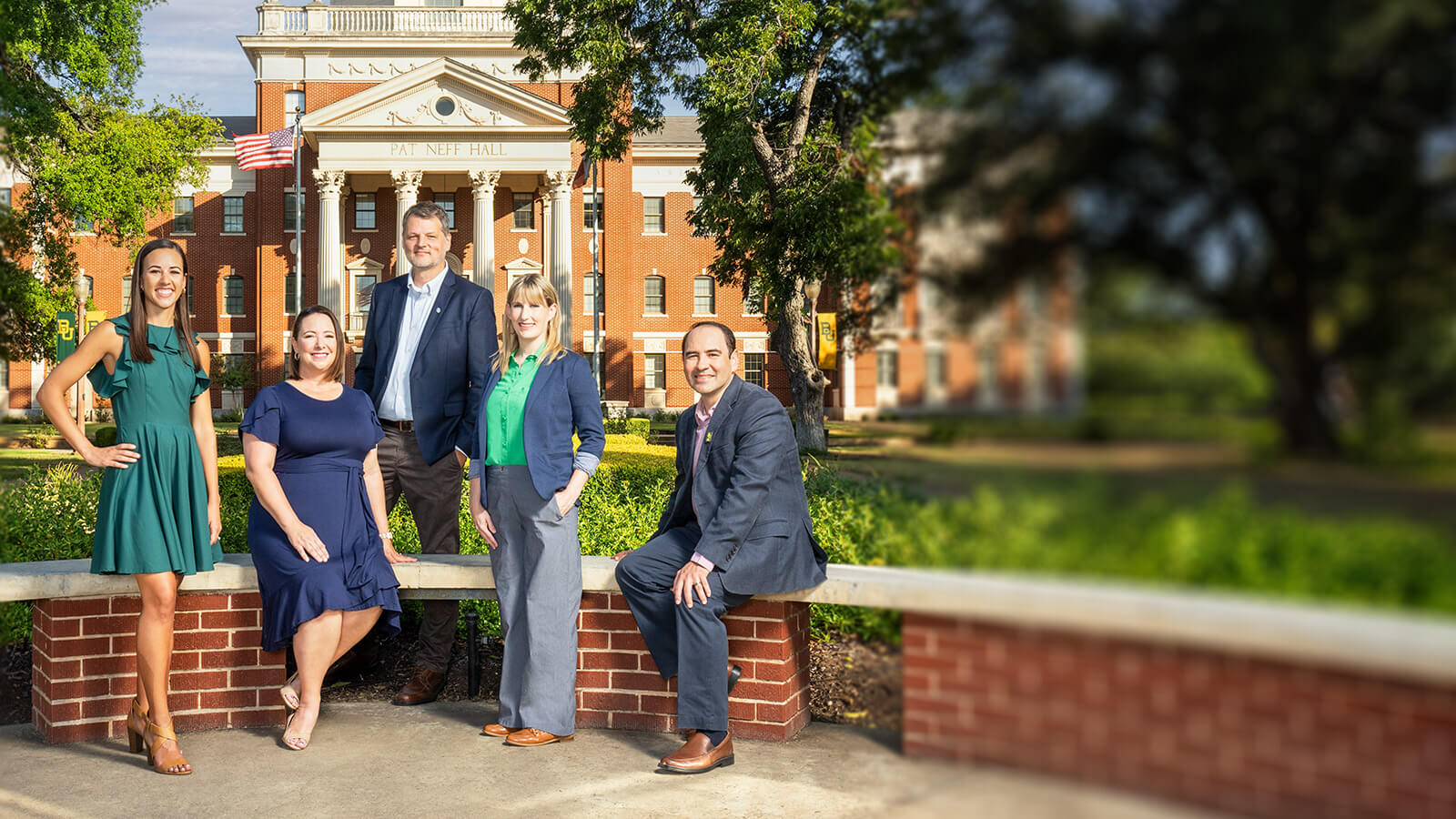A Preeminent Christian Research University
Baylor University’s vision affirms that the world needs a preeminent research university that is unambiguously Christian. In 2021, Baylor was recognized as an R1 research institution, a significant benchmark in the University's continued focus and investment in research at the highest levels. Through top-tier research and scholarship, R1 universities bring their voice to bear in addressing our world’s most meaningful challenges. As Baylor achieves preeminence as a Christian research university, it enables researchers from throughout the University to infuse the quest for solutions, at the highest levels, with Baylor’s distinct voice and mission.
Research News
Read More NewsInnovative research project from Yang Li, Ph.D., will study wildfire smoke while leveraging remote sensing observations in multi-scale modeling and receive funding from NASA’s Early Career Investigator Program in Earth Science.
Baylor public health professor Renée Umstattd Meyer is writing the book on "Play Streets" to serve children in urban and rural communities.
Baylor engineering faculty visit local classrooms to lead hands-on projects to spark interest in innovation and creative problem-solving
Caleb D. Martin, Ph.D., is the first professor from Baylor to receive the honor of being a “Humboldtian.”
New study by Baylor researchers in Environmental Research: Infrastructure and Sustainability journal finds infrastructure, leadership and understanding in the way of fully sustainable energy sources.
First wave of data, collected from more than 200,000 individuals in over 20 countries, now available through partnership with Center for Open Science.
National Gallup data showed Americans experienced multifaceted time disorientation that heightened COVID-19 stressors and lessened our mental state.
A spotlight on research growth since the launch of Baylor's strategetic plan, Illuminate.
Our Research Commitment
BAYLOR STANDS APART AS A CHRISTIAN RESEARCH UNIVERSITY — a position that empowers our aspiration to become America's preeminent Christian research university. Illuminate, Baylor University's Academic Strategic Plan, has one overarching goal: To bring light to the world as we accelerate our quest toward preeminence as a Christian research university, building on Baylor's historic strengths and strategically investing in new areas of research and service.





